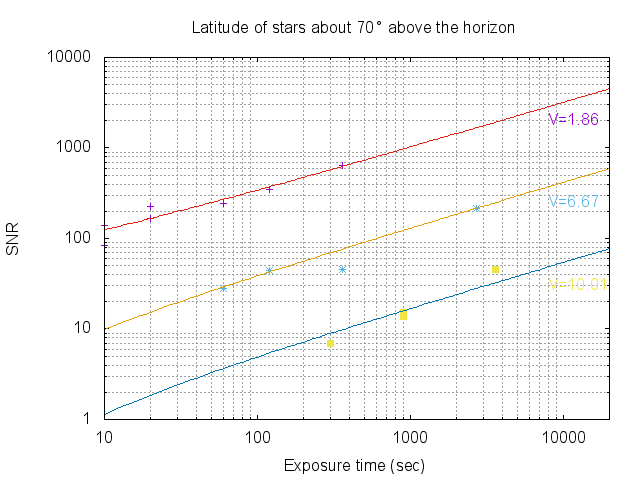Single order (formerly coudé spectrograph or D700 spectrograph) is fiber fed medium resolution spectrograph working in the first and second spectral orders. Wavelength coverage of the second order is 4000-5100 Å (near UV to blue) with order length of 233 Å; wavelength coverage of the first order is 5100-8900 Å (green to near IR) with order length of 470 Å. Resolving power is ∼13 000 in Hα spectral region. The camera features the PyLoN 2048x512BX (E2V 42-10 BX) CCD detector (cooled by liquid nitrogen to -115°C) with a pixel size of 13.5 μm. The main advantage is that it depicts wide interval of wavelengths (475 Å in the Hα spectral region) with uniform S/N. More information about technical specification and calibration can be found here.
Camera main characteristics
| Camera | Chip | Dimension | Pixel size | Reading |
| PyLoN | E2V 42-10 BX | 2048×512 | 13.5 x 13.5 μm | 19 s |
Spectrograph main characteristics
The single order spectrograph works in two spectral orders – first order in red part of the spectra (approx. from 5100 Å to the IR), and second order in blue part (from approx. 4000 Å to approx. 5 100 Å).
| 1st order |
Order length |
2nd order |
order length |
Resolution |
| 5100-8900 Å | 470 Å | 4000-5100 Å | 233 Å | ~13000 (Hα) |
The length of the spectral interval in the first order is approx. 470 Å, the length in the second order is approx. 230 Å (ratio approx. 2:1). The resolving power in the first order is approx. 12 000 around H-alpha, in the second order approx. 24 000 (also 2:1).
Example of spectral ranges
| H-gamma | H-beta | H-alpha | GAIA |
| 4272-4506 Å | 4757-4990 Å | 6260-6765 Å | 8400-8870 Å |
The final spectral range during observation is adjustable on request.
Optical layout
- Slit width: 0.2 mm (0.6 arcsec)
- Flat field lamp: Hollow cathode
- Comparison light: ThAr lamp, 15 mA
- Exposuremeter: just behind the slit, semi-translucent mirror, about 5% of the light to the exposuremeter
- Collimator: focal ratio f/32, out of axis
- Grating – works in the first and second spectral orders
- Schmidt camera (correction plate + spherical mirror), F=700mm

Sample images
SNR vs. Exposure time
The appropriate exposure time can be roughly estimated. It is seen that for the signal-to-noise ratio (SNR) of ~30, an 1-hour exposure time is needed for a 10-mag star. However, the particular SNR depends not only on the zenith distance but mainly on the observing conditions.





